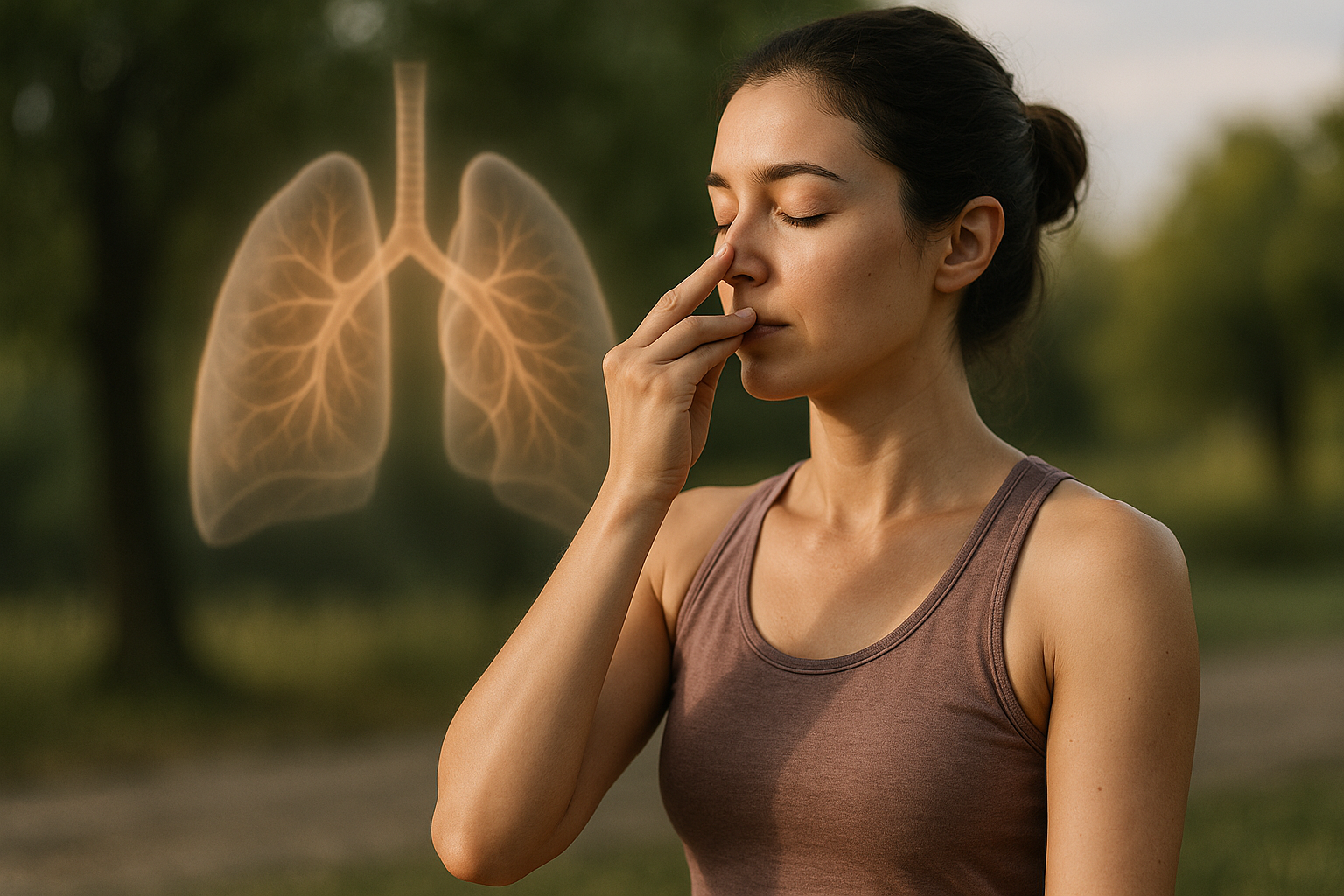Weather Changes and Their Effect on Nasal Secretion Patterns
Shifts in weather and indoor climate can change how the nose produces and clears mucus. Variations in humidity, temperature, and airborne allergens influence nasal lining activity, congestion, sneezing, and sinus comfort. Understanding these patterns—how hydration, airflow, and pediatric physiology play a role—helps explain why some people notice more nasal secretion or irritation during seasonal transitions.

Nasal mucus and humidity
Humidity directly affects nasal mucus consistency and the nasal lining’s response. In low-humidity conditions, mucus can become thicker and less mobile, which impairs natural clearance and can lead to a feeling of congestion. Conversely, high humidity can make mucus looser but may increase the sensation of postnasal drip for some people. Maintaining balanced indoor humidity supports mucus that is thin enough for effective transport while preventing excessive nasal irritation.
How does allergy affect secretion?
Allergic triggers stimulate the immune response in the nasal mucosa, increasing mucus production and vascular permeability. Pollen, mold spores, and dust mites commonly fluctuate with weather changes and can provoke rhinitis symptoms including watery secretions and sneezing. Symptoms vary by exposure and individual sensitivity; identifying seasonal patterns in allergy-related secretion supports targeted measures such as allergen avoidance, environmental control, and, when appropriate, guidance from a clinician.
Congestion, sinus, and clearance
Congestion occurs when nasal tissues swell and mucus accumulates, interfering with normal sinus ventilation and clearance. Weather shifts that change air pressure, temperature, or humidity can alter mucociliary function, slowing the transport of mucus from the nasal passages to the throat. Impaired clearance increases the risk of sinus discomfort and a sensation of blocked airflow. Techniques that support mucociliary function—adequate hydration, saline irrigation, and moderated indoor humidity—can help maintain clearer nasal passages.
Irritation, sneezing, and rhinitis
Cold air, abrupt temperature changes, and airborne irritants can provoke nonallergic rhinitis and reflex sneezing by irritating sensory nerves in the nose. Repeated irritation may amplify secretion as the mucosa responds defensively. Differentiating between allergic rhinitis and irritant-triggered symptoms is important: allergy often follows exposure to specific allergens and may include itchy eyes, while irritant responses tend to be triggered by smoke, strong odors, cold air, or rapid weather shifts.
Hydration, saline, and airflow
Hydration affects mucus viscosity and mucociliary clearance; systemic hydration and topical measures both matter. Saline nasal sprays or rinses can thin secretions and mechanically support clearance without medications, and they are commonly recommended for symptom relief. Proper airflow in living spaces—avoiding stagnant air and using ventilation or humidification as needed—also helps maintain mucosal health. Attention to hydration, saline use, and gentle nasal care promotes efficient mucus movement and reduces irritation.
Pediatric considerations and sleep
Children’s nasal passages are smaller and more reactive, so weather-related changes in mucus and congestion can impact breathing and sleep quality. Pediatric nasal secretion patterns may lead to snoring, disturbed sleep, or feeding difficulties in infants. Managing room humidity, using saline for gentle clearance, and monitoring signs of infection or prolonged congestion are practical steps caregivers can take. When symptoms are severe or persistent, evaluation by a pediatric healthcare professional is appropriate.
This article is for informational purposes only and should not be considered medical advice. Please consult a qualified healthcare professional for personalized guidance and treatment.
In summary, weather changes influence nasal secretion patterns through effects on humidity, allergen distribution, temperature, and airflow. These environmental factors interact with individual physiology—hydration status, mucociliary function, and immune responsiveness—to shape mucus consistency, congestion, sneezing, and sinus comfort. Practical approaches such as maintaining balanced humidity, supporting hydration, using saline irrigation, and addressing allergen exposure can mitigate troublesome symptoms. Observing personal patterns across seasons helps clarify which measures are most effective for managing nasal secretion and maintaining comfortable breathing.






